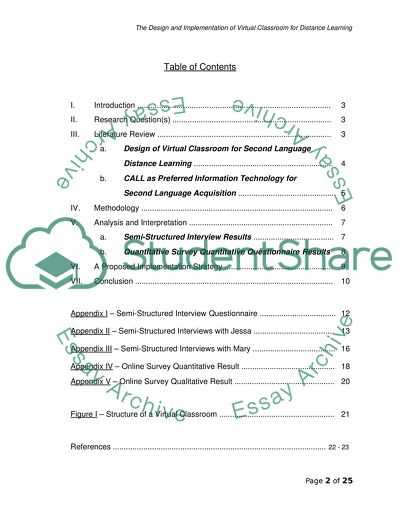Cite this document
(“The Design and Implementation of Virtual Classroom for Distance Essay”, n.d.)
The Design and Implementation of Virtual Classroom for Distance Essay. Retrieved from https://studentshare.org/miscellaneous/1542549-the-design-and-implementation-of-virtual-classroom-for-distance-learning
The Design and Implementation of Virtual Classroom for Distance Essay. Retrieved from https://studentshare.org/miscellaneous/1542549-the-design-and-implementation-of-virtual-classroom-for-distance-learning
(The Design and Implementation of Virtual Classroom for Distance Essay)
The Design and Implementation of Virtual Classroom for Distance Essay. https://studentshare.org/miscellaneous/1542549-the-design-and-implementation-of-virtual-classroom-for-distance-learning.
The Design and Implementation of Virtual Classroom for Distance Essay. https://studentshare.org/miscellaneous/1542549-the-design-and-implementation-of-virtual-classroom-for-distance-learning.
“The Design and Implementation of Virtual Classroom for Distance Essay”, n.d. https://studentshare.org/miscellaneous/1542549-the-design-and-implementation-of-virtual-classroom-for-distance-learning.


